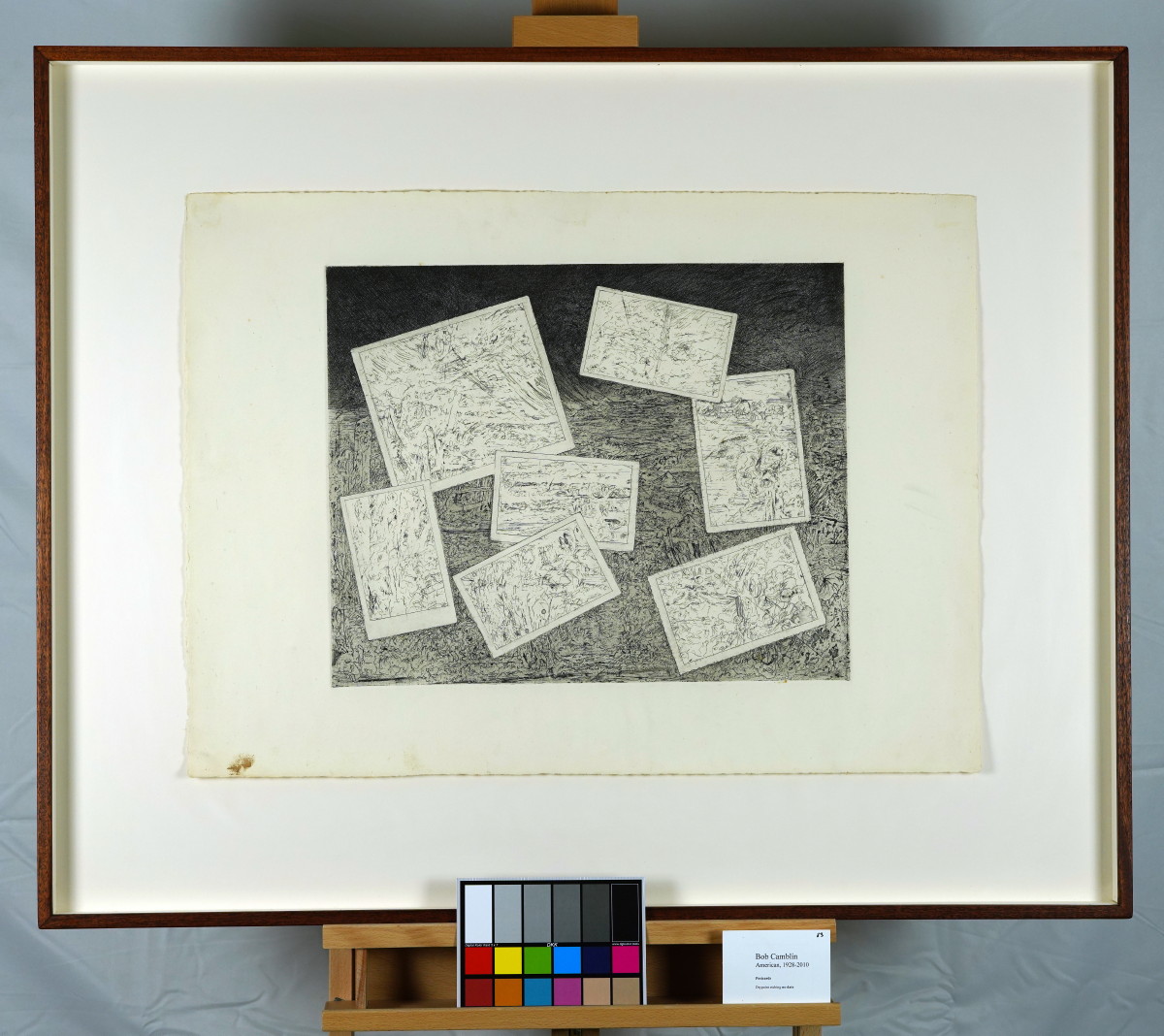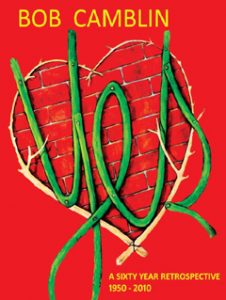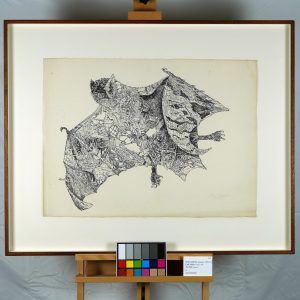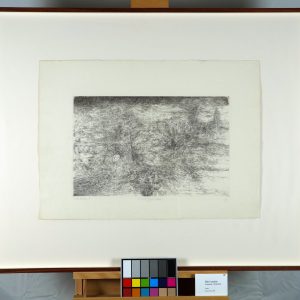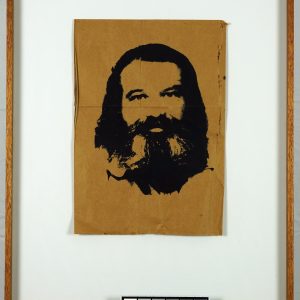Description
Postcards, 1977Lithograph from Little Egypt Enterprises
Unsigned (what’s the reason for this?)
15.5 x 19 in. (image)
32.5 x 40.5 x 2 in. (frame)
original, includes certificate of authenticity from ArtTrust
The lithograph “Postcards” appears to depict several overlapping cards or small canvases with intricate linework. Each card seems to contain different abstract or semi-representational scenes, with a detailed texture in the background that resembles a rough, chaotic landscape. The postcards appear to be unfinished, similar to a sketchbook with germinating ideas. The overall arrangement evokes a feeling of scattered thoughts or fragments of memories, giving the composition a collage-like effect. The drawings on the individual cards contain hints of natural elements, possibly landscapes or organic forms, rendered in fine lines with an etching-like quality.
From a Zen perspective, this artwork may symbolize the transient and fragmented nature of human experience. The scattered arrangement of the cards suggests the disjointed nature of thoughts and memories, which come and go like clouds across the sky. In Zen, the acceptance of the present moment without attachment to these passing images is a path to enlightenment. The overlapping elements may reflect how various perceptions and past experiences create layers of reality, yet ultimately, Zen teaches that clinging to these illusions can obscure the underlying unity.
In the context of the I Ching, the cards could be interpreted as representing the Hexagram K’un (䷁), which symbolizes receptivity and earth. This hexagram emphasizes the importance of stillness and allowing things to unfold naturally. The image’s chaotic background and the orderly yet scattered placement of the cards suggest a dynamic balance between structure and formlessness, akin to how the earth’s yielding nature permits growth. The card-like fragments might symbolize different potential outcomes or paths, echoing the I Ching’s emphasis on the interconnectedness of change.
Combining Zen and I Ching interpretations, the artwork can be seen as an exploration of consciousness and impermanence. The scattered cards evoke the fragmented nature of our experiences, while the underlying chaotic texture suggests the constant flux of life. Zen’s focus on mindfulness and detachment from passing thoughts resonates with the I Ching’s teachings about being open to changes while remaining grounded. Together, they convey a message of harmony within disorder, reflecting how life’s myriad elements can coalesce into a deeper, unified understanding.
The technique resembles that of traditional etching or intaglio printmaking, where fine lines are used to create intricate details. The style might draw inspiration from surrealism, with its emphasis on dream-like juxtapositions and fragmented imagery, as well as from early 20th-century modernist movements that explored the subconscious mind. There are also parallels to the works of artists like Max Ernst, who utilized collage and texture to evoke complex psychological landscapes. The piece may serve as a homage to the printmaking tradition while pushing boundaries toward abstraction and conceptual art.
The artwork’s exploration of fragmented reality aligns with postmodern approaches that question linear narratives and absolute truths, challenging viewers to find personal meaning amidst the disarray.
*Shipping cost will vary, please inquire at sales@camblingallery.com before purchasing.
Currently ships from Oregon, USA
Member of artnet? Apply for a discount! Inquire about intergallery and permanent loans for museums.
“Postcards” was featured in his Yes Retrospective
Reproductions of this drawing are available in multiple sizes!
Click here to use our high-resolution viewer!
This artwork is available with a non-fungible token to ensure traceability and transparency of provenance.
The royalty factor – Unlike traditional artworks, such as paintings, mosaics, statues, and the like, NFTs can be programmed to provide royalties to you every time the painting (and token) is sold and resold – for eternity. That mind-bending Camblin you sold could be worth millions one day and provide income for your great-great-great grandkids!
Anti-forgery – The central idea underpinning NFTs is that they are built on the blockchain, which is meant to offer advanced security. Think of it like an un-erasable and un-avoidable copyright.
Easy authentication – Another compelling aspect of NFT art and NFTs in general is the ability to quickly and easily authenticate items, as the record of ownership is scrupulously kept on the blockchain.
